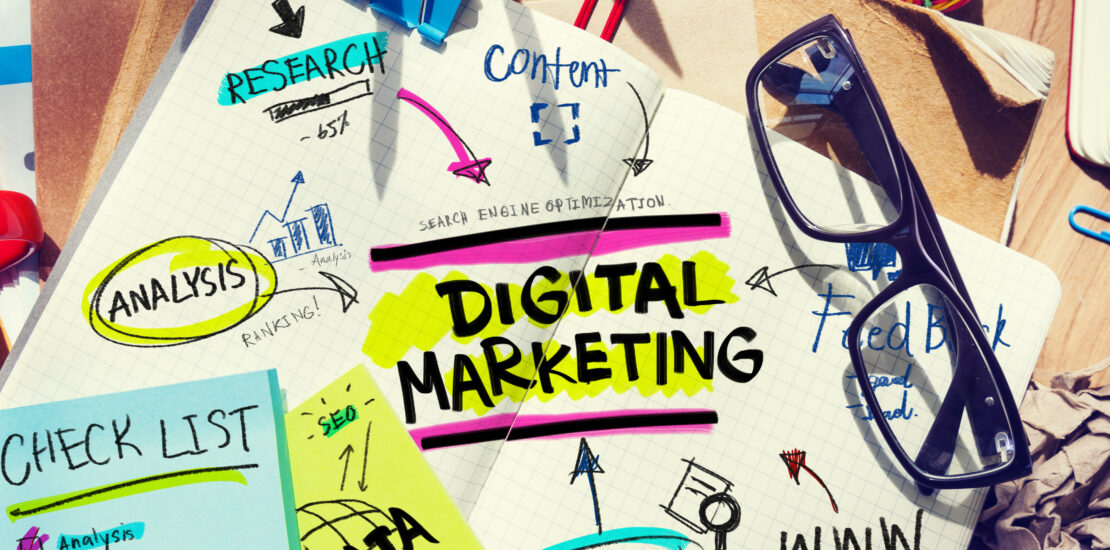
Taking digital marketing forward
The marketing landscape across the last 10 years has undergone a rapid transformation from the broadcast approach of mass media to a more targeted approach enabled by technology that has manifested in today’s environment where digital and social media are playing a more prominent role in the marketing mix. Within this change it can be difficult to distinguish between a hot new trend and just another shiny object.
The widespread application of the term digital suggests that the shiny new object is here to stay but in its application, the term digital is one of the most misused and misunderstood terms in marketing. Its hard to imagine how a single word has captured the imagination of a generation of marketers. Nearly every imaginable role, process, strategy and team have sought to include digital in their sphere of influence but is this a trend or hype?
The term digital has been around for some time but in my opinion hasn’t been very well defined. While it encompasses social media, digital display, search engine optimisation (SEO), Search engine marketing (SEM) and pay per click (PPC), this definition is too narrow and doesn’t extend to email, RSS, voice broadcast, blogging, podcasting, video streams, wireless text messaging, and instant messaging etc (You get the idea). To clearly define what digital marketing is let’s talk about what it is not. For starters, it does not include more traditional forms of marketing such as radio, TV, billboard and print because they do not offer instant feedback and the subsequent data. Sure, some people may respond to a call to action from an advertisement in one of these mediums but there is no accurate way to know the exact number of people who saw or heard it.
Although reach, frequency and distribution is talked about, there is no way of knowing with certainty how accurate these are and at the end of the day they are just an educated guess and rarely available until long after the adverting has been placed into market. Yes, convergence has made television at bit more interactive but there is still a long way to go. With digital marketing, however, we’re already there and this perhaps why it has been embraced by organisations as a very powerful marketing medium. Real-time reporting can be layered within a campaign allowing the organisation to see how the campaign is performing, such as what is being viewed, how often, how long, as well as other actions such as responses rates and purchases made.
Consequently, Digital Marketing can be defined as the practice of promoting products and services using data-driven online distribution channels to reach consumers in a timely, relevant, personal and cost-effective manner.
But here lies the problem… With significant volumes of data, most educational institutions have been slow to adapt courses to deliver the knowledge and skills for graduates to confidently transition from studies into the workforce with the skills to leverage this data. The time is right for education providers to embed the necessary skills and theory to enable future marketers to harness this information. In the interim these skills are being filled by marketers that have specialised in data and analytical disciplines since the late 1990s. They are perhaps the most adept at harnessing the true potential of what digital has to offer and can truly leverage the growing levels of customer information generated by marketing systems.
About the Author
Matthew Anderson is a performance-driven marketing professional. He’s built marketing strategies and performance frameworks for brands on global and regional levels, across a variety of industries. He is currently working with academics at the University of Southern Queensland to align their marketing courses with the trends occurring within the marketing profession. You can find him on LinkedIn.
